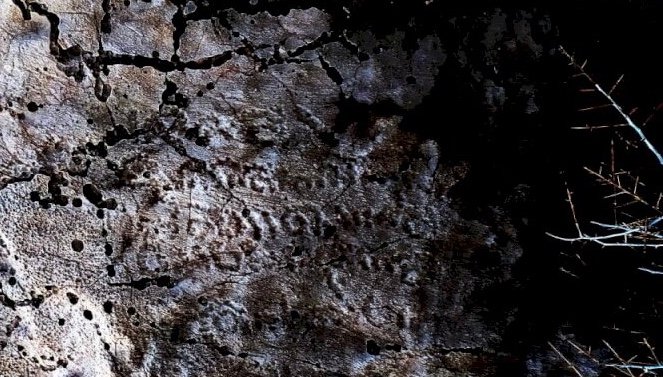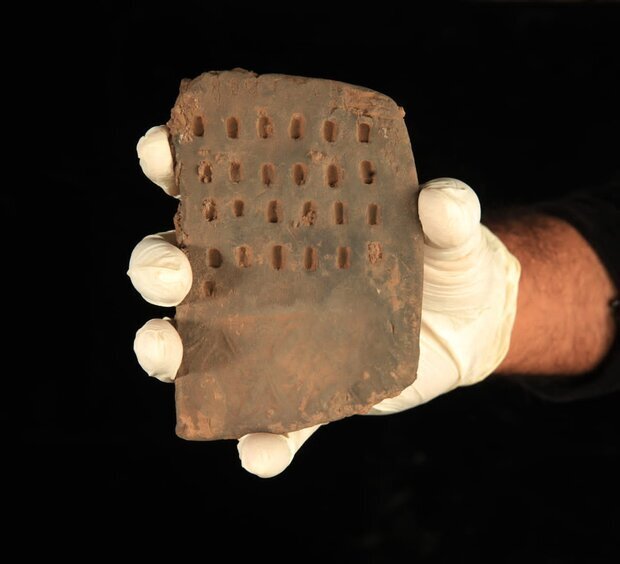Cultural heritage personnel, during their routine inspections, have discovered a rock-carved inscription and some rock-hewn stairs in Marvdasht plain.

Situated in Fars province, the southern Iranian plain is home to the UNESCO-registered sites of Persepolis and Pasargadae as well as tens of other magnificent structures.
The inscription measuring 100 by 75 centimeters bears Nas’taliq scripts, which is the predominant style of Persian calligraphy during the 15th and 16th centuries.
Experts affiliated with the ministry of cultural heritage and tourism have been dispatched to the region to conduct research, ISNA reported on Monday.
Persian language, also called Farsi, is a member of the Iranian branch of the Indo-Iranian language family. Old Persian, spoken until approximately the 3rd century BC, is attested by numerous inscriptions written in cuneiform, most notable of which is the great monument of Darius I at Bisotun, western Iran. Middle Persian, spoken from the 3rd century BC to the 9th century CE, is represented by numerous epigraphic texts of Sasanian kings, written in Aramaic script; there is also varied literature in Middle Persian embracing both the Zoroastrian and the Manichaean religious traditions. Pahlavi was the name of the official Middle Persian language of the Sassanian empire, according to Britannica.
The ancient region, known as Pars (Fars), or Persis, was the heart of the Achaemenid Empire founded by Cyrus the Great and had its capital at Pasargadae. Darius I the Great moved the capital to nearby Persepolis in the late 6th or early 5th century BC. Alexander the Great defeated the Achaemenian army at Arbela in 331 and burned Persepolis apparently as revenge to the Persians because it seems the Persian King Xerxes had burnt the Greek City of Athens around 150 years earlier.
Persis became part of the Seleucid kingdom in 312 after Alexander’s death. The Parthian empire (247 BC– 224 CE) of the Arsacids (corresponding roughly to the modern Khorasan in Iran) replaced the Seleucids’ rule in Persis during 170–138 BC. The Sasanid Empire (224 CE–651) had its capital at Istkhr. Not until the 18th century, under the Zand dynasty (1750–79) of southern Iran, did Fars again become the heart of an empire, with its capital at Shiraz.



